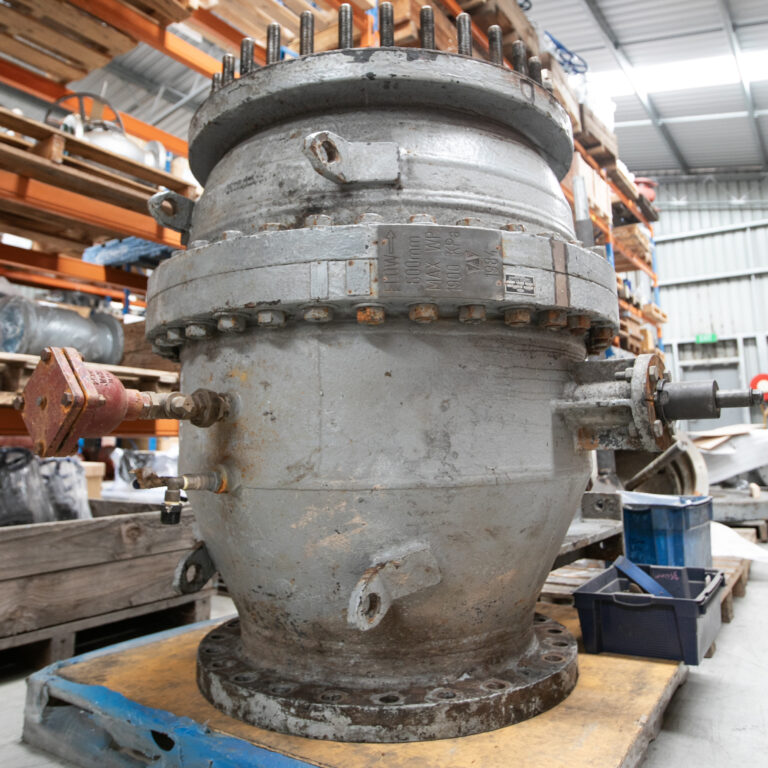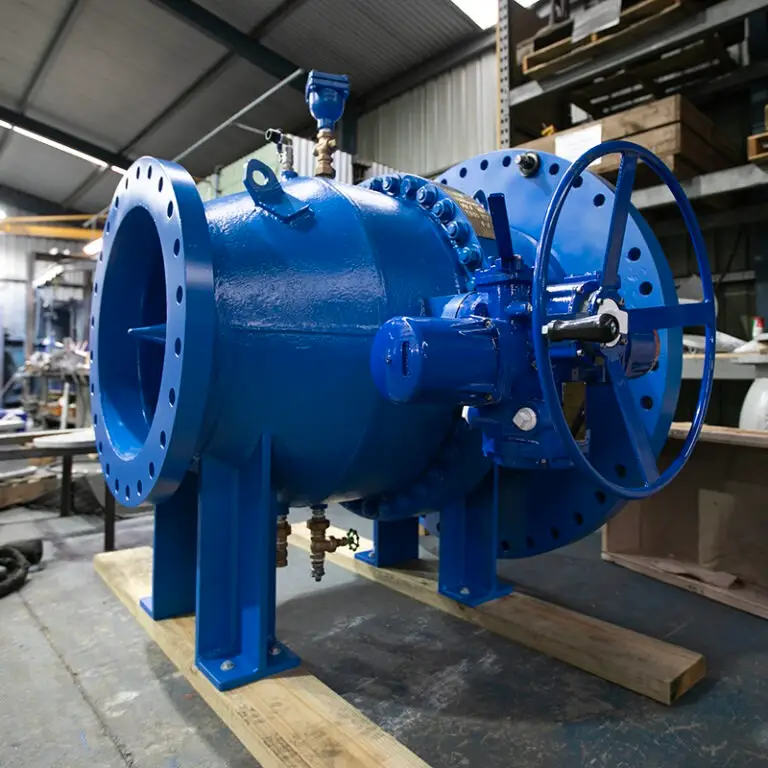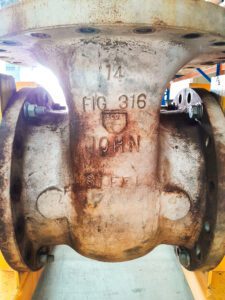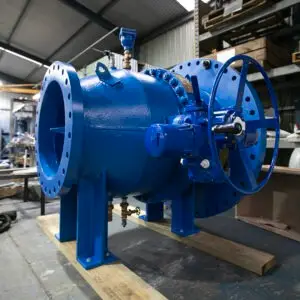The inspection process included:
- Preliminary Visual Inspection – Evaluation of the external condition of the valve.
- Cleaning and Polishing – Removal of scale and deposits from critical sealing faces to assess corrosion levels.
- Detailed Internal Inspection – Dismantling and thorough examination of internal components.
- Dimensional Analysis – Comparison of key components against OEM specifications to identify modifications or wear.
- Repair and Replacement Recommendations – Recommendations based on inspection findings to restore operational reliability.
This section outlines the key steps taken during the inspection. The process involved a systematic evaluation of external and internal components, ensuring that deviations from original specifications were accurately identified and assessed for repair feasibility.
Inspection Methodology
Our structured approach to the inspection included:
- Preliminary Visual Assessment – External review of the valve’s condition upon receipt.
- Disassembly and Internal Examination – Step-by-step dismantling to access internal components and evaluate damage.
- Cleaning and Surface Preparation – Removal of contaminants to expose wear, corrosion, and structural integrity issues.
- Dimensional Verification – Measurement of critical components against OEM specifications.
- Analysis and Findings – Identification of key issues affecting the valve’s functionality and recommendations for corrective action.
The methodology ensured a thorough assessment of the valve, using visual inspection, dimensional analysis, and cleaning to uncover damage. This approach allowed for an informed assessment of wear, corrosion, and modifications that impacted functionality.
Operational Failure and Structural Deficiencies
- The valve was found inoperable via the Actuator Spindle, preventing movement of the Needle.
- The standard disassembly process was not feasible due to the non-operational condition of the valve.
- Inlet Cone removal was necessary, requiring a welded pipe for secure extraction due to the absence of lifting points.
- The Backing Plate exhibited stripped internal threads, preventing the drive gear from engaging with the stem.
- Significant corrosion was present on various internal components, affecting sealing performance.
Critical operational failures were identified, including spindle non-functionality and stripped threads. Structural weaknesses, including corrosion and past modifications, have severely affected valve performance.
Operational Failure and Structural Deficiencies
- The valve was found inoperable via the Actuator Spindle, preventing movement of the Needle.
- The standard disassembly process was not feasible due to the non-operational condition of the valve.
- Inlet Cone removal was necessary, requiring a welded pipe for secure extraction due to the absence of lifting points.
- The Backing Plate exhibited stripped internal threads, preventing the drive gear from engaging with the stem.
- Significant corrosion was present on various internal components, affecting sealing performance.
Critical operational failures were identified, including spindle non-functionality and stripped threads. Structural weaknesses, including corrosion and past modifications, have severely affected valve performance.
Drive Spindle & Gear Assembly
- The Drive Spindle diameter and thread details deviated from the OEM specifications.
- The Drive Gear was non-original and modified, featuring sleeve and scotch key securing.
- Internal threads were severely worn, affecting engagement and causing operational failure.
Sealing Surface & Body Integrity
- A modified seat profile was machined onto the Flange sealing face, deviating from OEM specifications.
- Corrosion and wear were observed in the recess for the Stem Guide within the Body Inlet Sub-Assembly.
- Minor corrosion was present on the flange connection near the O-ring groove of the Body Outlet Sub-Assembly.
Needle Cone & Guide System
- Previous weld repairs and buffing marks indicated prior damage and attempts at restoration.
- Deep markings and indentations on the Needle surface suggested operational wear from debris.
- The Stem Guide was modified, bored oversize to accommodate a larger spindle.




